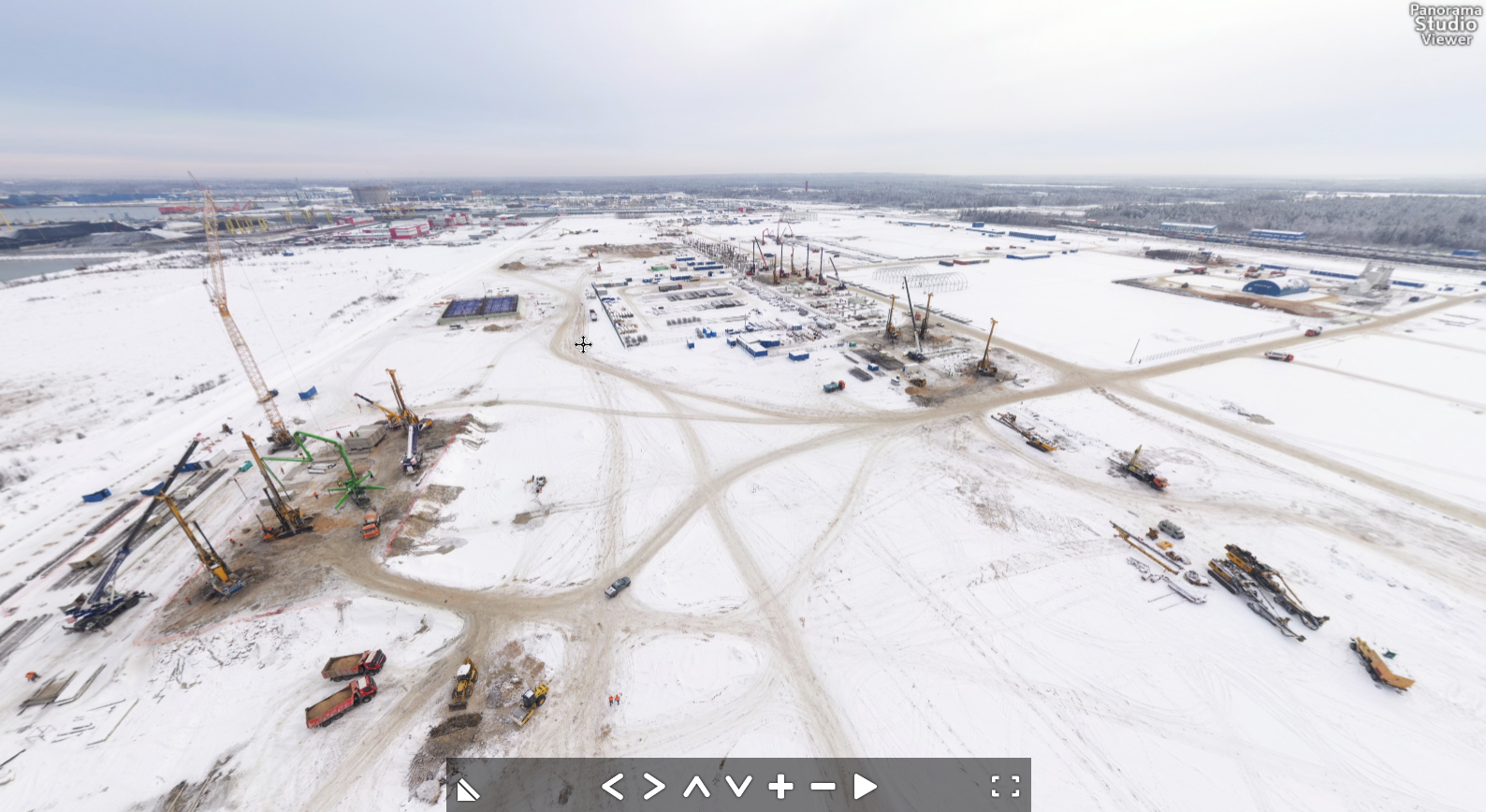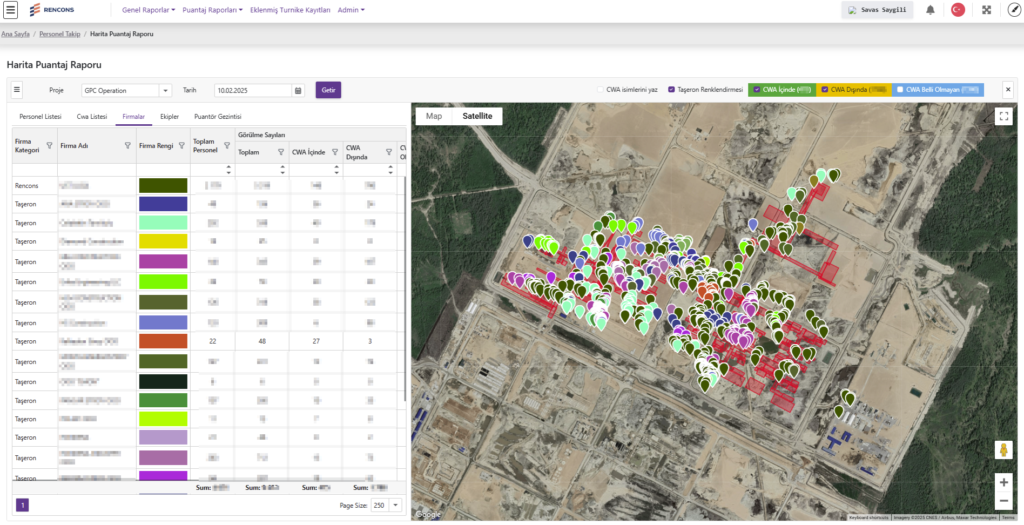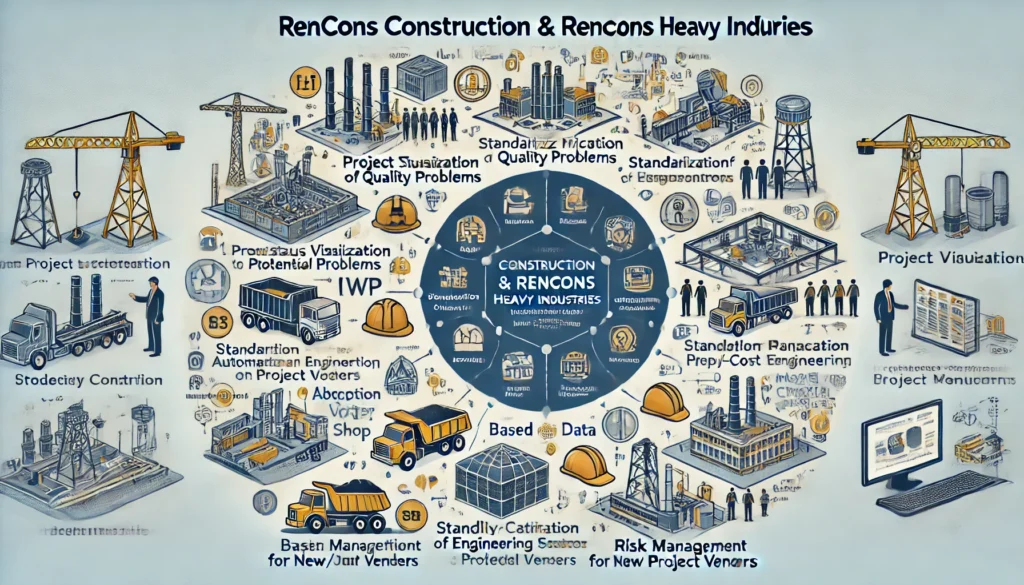Rencons Construction & Heavy Industry: Tracking Real-Time Developments on Construction Sites with Drone Imagery

The construction industry is in the midst of a digital transformation, with emerging technologies redefining traditional methods and processes. One such technology that has gained significant traction is the use of drone fleets.
At Rencons Construction and Heavy Industries, we employ a proactive approach to monitoring our construction sites. Our drone pilots conduct weekly capturing of images from heights of up to 200 meters. These images are then seamlessly stitched together using Panorama Studio Viewer. The result? A 360-degree view of the entire construction site and publish our internal portal.
The Role of Drones in Construction
Drones, or Unmanned Aerial Vehicles (UAVs), have become invaluable tools in the construction sector. Equipped with high-resolution cameras, LiDAR sensors, and other advanced equipment, drones can capture detailed aerial images and gather comprehensive spatial data. This data can be used for various purposes, including site surveys, progress monitoring, safety inspections, and quality control.
Key Advantages of Using Drones in Construction:
- Volumetrics is one of the most popular use cases for drones on construction sites.
- Instead of relying on outsourced survey teams or manual measurements, drones allow you to capture an entire site in just a couple of hours.
- Once the data is uploaded and processed, you can obtain accurate cut/fill volumes and other survey analytics essential for planning and tracking job progress.
- Visualize site transformation as the project progresses.
- Use tools like the Propeller Platform’s timeline to compare multiple datasets and track onsite changes.
- Keep stakeholders informed and monitor contractor work effectively.
- Drones capture high-resolution photos that can be viewed and annotated in processing platforms.
- Share inspection reports with contractors and project stakeholders.
- Remote asset inspections save costs and reduce safety risks by avoiding hazardous locations


